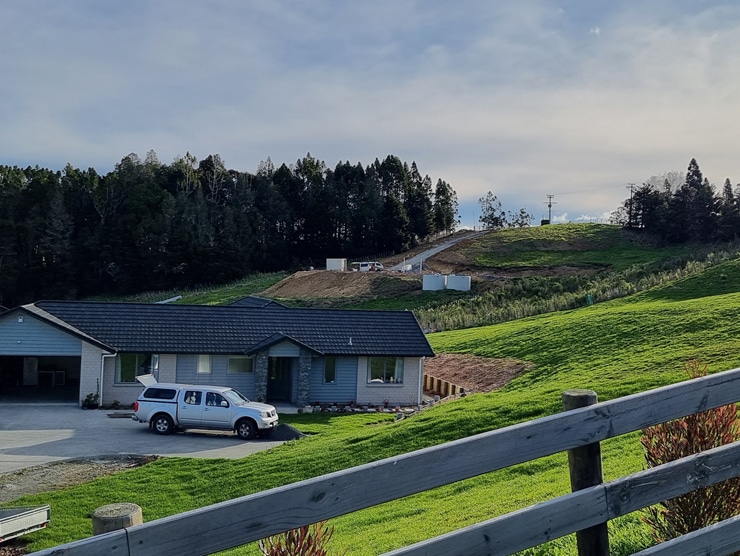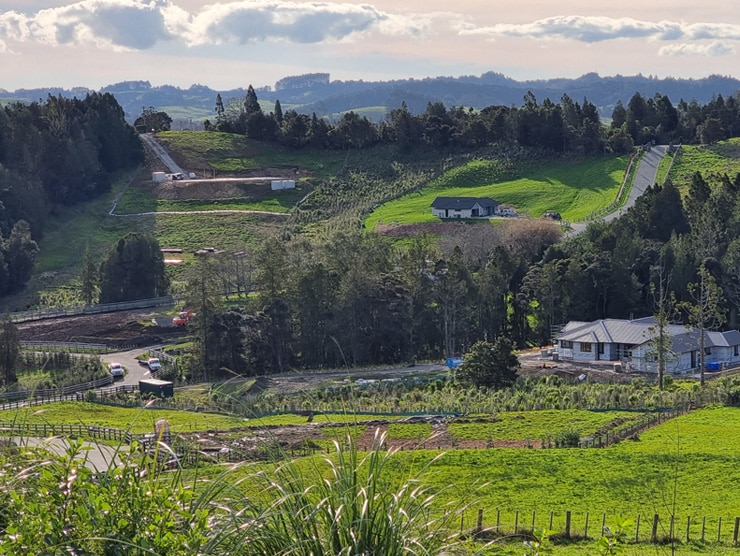Written by Myles Goodwin | Rural Subdivision Expert, Environmental and Planning Director | Cato Bolam Consultants
National Environmental Standards (NES) and National Policy Statements (NPS) are regulations that in the hierarchy of Regional or District Plan making sit above the Regional/District Plans. Regional or District Plans need to be consistent with the higher documents. Therefore, they are documents that must be considered when undertaking rural or urban subdivisions.
There are three main National Environmental Standards and Policy Statements that currently need to be considered, with these being the NES Contaminated Land, The NES Freshwater and the recently operative NPS for Highly Productive Land. The NPS Biodiversity is being worked on.
The NES for contaminated land requires that a subdivider assess any potential contamination risks for a property, and if contamination is identified, remedy this before creating the new residential site. This is something that has been done for a number of years now.
The NES Freshwater became operative in late 2020 and has very recently been subject to amendments that become operative from the 5th of January 2023. These amendments mean that the number of expensive resource consents required will be considerably reduced in comparison to the original version. For example, resource consents under the NESFW will no longer be required for discharging wastewater from private treatment systems or stormwater to land, and discharges from sediment control devices will no longer require a NESFW consent. Therefore, this will make subdivision easier than it has been for the last couple of years and will also make the process of establishing a dwelling on a subdivided title cheaper and easier than has been the case. It is now also possible to apply to remove wetlands to support essential quarrying or clean filling operations.
The latest NPS is the one designed to protect Highly Productive Land. This Requires Regional or Unitary Councils to map large and geographically cohesive areas of Class 1, 2 and 3 land in general rural or rural productive land (noting that in Auckland this will include Rural Coastal and Mixed Rural zoned land). Once this is mapped, this becomes the land defined as “highly productive land”. Until the mapping is done, other methods to define what is Class 1, 2 or 3 soils will be used. This NPS effectively prevents the creation of new rural residential titles on highly productive soils. Until the mapping exercise is complete, when looking at the layout of a subdivision, information on the soil classes will be needed. This is currently available from Landcare Research or from a site-specific study. Once that information is available, the subdivision layout can be worked out and the titles placed in appropriate areas. If a property has no area that is not Class 1, 2 or 3, then it is possible that a subdivision of the site could no longer occur, but this would need to be looked at on an individual basis.
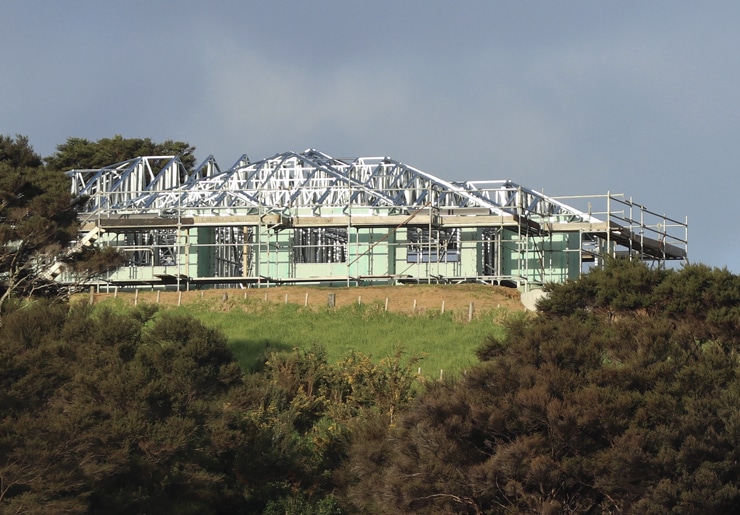

The introduction of National Environmental Standards and Policy Statements over the last few years is part of the ever-changing face of rural land development and subdivision, and another in the list of items that need to be considered when subdividing land. At Cato Bolam we have made submissions on several of these NES and NPS and this helps keep us up to date with these changes and how they are applied in practice.
Myles Goodwin and the Cato Bolam team provide start to end subdivision services. Please contact Myles for an obligation free discussion via [email protected] or our team using the contact button below.

